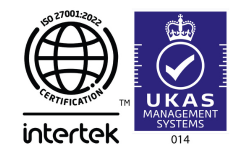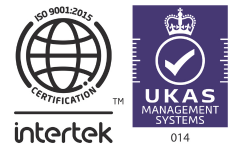Being Selected for Redundancy
Redundancy selection must be objective and fair, avoiding any form of discrimination. Employers can base selection on criteria such as:
- Skills and qualifications
- Performance and productivity
- Attendance records (excluding absences due to parental or sick leave)
- Conduct and disciplinary records
However, employers must not use factors like age, gender, race, disability, or pregnancy as criteria for redundancy, as this constitutes unlawful discrimination. A transparent selection process helps minimise disputes. Employees should be consulted before any final decisions, providing an opportunity to understand the process and suggest alternatives. Failure to follow fair procedures can result in claims for unfair dismissal, so clarity and communication are essential throughout the process.






























